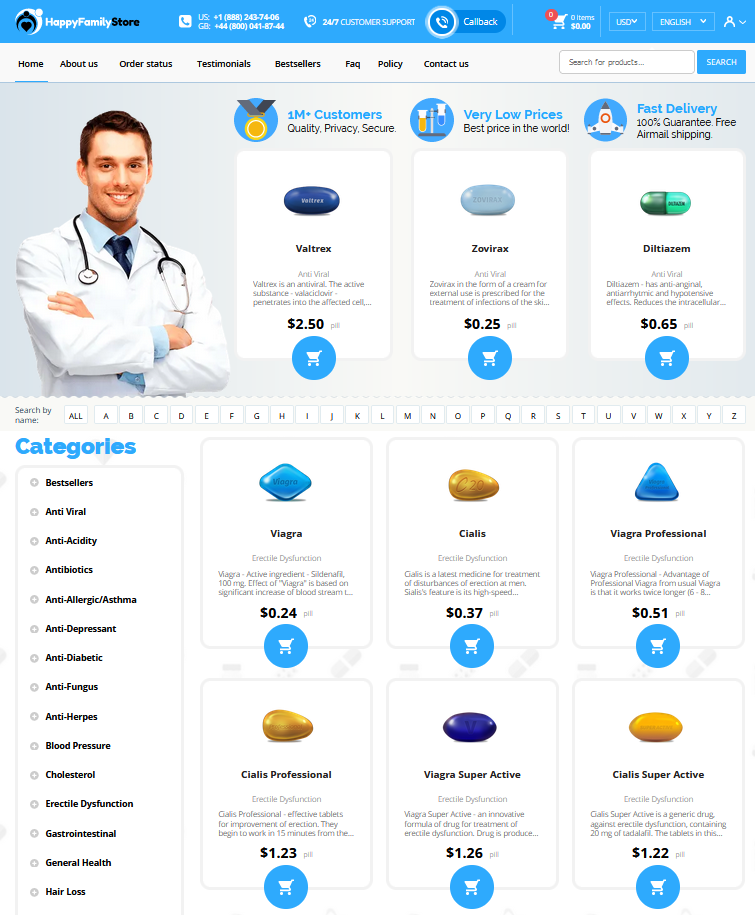|
 The Controversies Surrounding Hydroxychloroquine in Covid-19
The Controversies Surrounding Hydroxychloroquine in Covid-19
Origins of Hydroxychloroquine's Promise in Covid-19 Treatment
Once considered a beacon of hope, hydroxychloroquine's journey began with its reputation as a longstanding malaria and autoimmune disease remedy. Teh scientific commmunity turned its gaze toward this 'elixir', envisioning its potential in taming the emerging Covid-19 menace. Amid a backdrop of desperation for effective treatments, influential figures heralded its prowess with unverified narratives, fueling public optimism. Early on, anecdotal evidence and small-scale studies hinted at benefits, akin to a promising script written in times of uncertainty, buuuut further rigorous exploration awaited.
Initial Support: Influential Voices and Early Studies

In the begining of the pandemic, hydroxychloroquine was hailed as a potential game-changer. Influential voices, including notable health figures and political leaders, endorsed the use of this drug, adding urgency to the demand. Early studies, although sometimes limited in scope, suggested promising results, prompting some doctors to issue a script for what they hoped would be a miracle cure. Teh early enthusiasm was partly fueled by anecdotal evidence and small-scale studies that seemed to support hydroxychloroquine's efficacy. The media picked up the narrative, often without rigorous scientific vetting, which fueled a public perception that this compound medication might be a significant weapon against COVID-19. This momentum led some Pharm Techs to see increased prescriptions rolling through the drive-thru pickup windows. However, as more comprehensive data became available, the scientific community urged caution, recommending further research for a clearer picture. The initial rush to embrace hydroxychloroquine faced scrutiny that exposed limitations within the studies, prompting a shift in perspective. Nevertheless, the drug’s early champions had already taken hold of public perception, highlighting the potent mix of media influence and access to information in shaping a narrative.
The Shift: Scientific Scrutiny and Emerging Data
As hydroxychloroquine captured early attention, a tide of rigorous scrutiny from teh scientific community emerged. Researchers embarked on thorough evaluations, untangling promising results from initial studies, only to uncover inconsistencies and Occurences of biases. This shift was crucial, prompting a deeper look into methodologies, and challenging the comp's presumed efficacy. Statistically robust trials were launched, increasingly revealing that initial findings were not as reliable as first thought. In this complex landscape, the narrative around hydroxychloroquine began to wane, shaped by nuanced scientific debate rather than hype.
Regulatory Responses from Global Health Authorities

Global health authorities had varying responses to the emergence of hydroxychloroquine as a potential Covid-19 treatment, initially urging caution until more data from controlled trials could be obtained. Organizations like the World Health Organization initially included it in their Solidarity Trial, but quickly adapted as more rigorous scientific scrutiny highlighted potential risks and inconsistent efficacy. Regulatory bodies like the FDA moved from emergency-use authorizations to recommending against its usage for Covid-19 outside hospitals and clinical trials after significant concerns arose. This regulatory back-and-forth shaped public confidence and decision-making within clinics, creating a complex enviroment akin to a pharmageddon, where every 'hard copy' script was under intense scrutiny.
Media Influence and Public Perception Dynamics
The media circus swirling around hydroxychloroquine exploded in the early days of the pandemic, with influential figures and headlines alike propelling it into the spotlight. This compound medication rapidly transformed into a symbol of hope for many looking for a quick remedy. Yet, as scientific scrutiny intensified, contrasting narratives emerged, muddying the public perception. The media’s role in amplifying early enthusiasm and later skepticism mirrored the seesaw of public sentiment, which was influenced by a drive-thru of varied expert opinions. Public perception became a pharm party of mixed signals, as headlines often delivered a cocktail of optimism and doubt. The fluctuating narratives made it challenging for the public to navigate the complexities surrounding this Rx. As studies emerged with new data, the headlines followed suit, driving public opinion in waves untill confusion settled like a dull ache, reminiscent of a collective hangover. Navigating this media landscape was akin to spelunking in the twilight zone, where facts often blurred with speculation. The public, caught in this whirlpool of information, experienced a sticker shock of sorts, realizing the true impact of echo chambers. As time passes, this episode provides valuable lessons on how media influence shapes not just perception but policy and research priorities, affecting the long-term trajectory of medicinal review and communication strategies.
Long-term Implications for Medical Research and Policy
In the wake of the hydroxychloroquine debate, the medical community finds itself at a pivotal crossroads. As researchers triage past data, they're cautiously optimistic about developing new avenues for drug testing protocols. The occurrence of the controversy surrounding this compound medication has bolstered calls for standardized clinical trial frameworks that can better withstand public and political pressure. The phrase "Happy Pills" doesn't only refer to mood enhancers; it also highlights the need for transparency and robust data to ensure public trust in future treatments. Teh emphasis on evidence-based practice will likely shape policy, aiming to prevent similar pharmageddons in the future and emphasize drug safety over speed in approval processes.
|